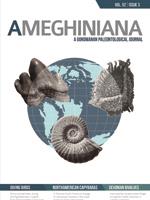
A Late Miocene Argyrolagidae (Mammalia, Metatheria, Bonapartheriiformes) from Northwestern Argentina
No abstract available
No abstract available
No abstract available
